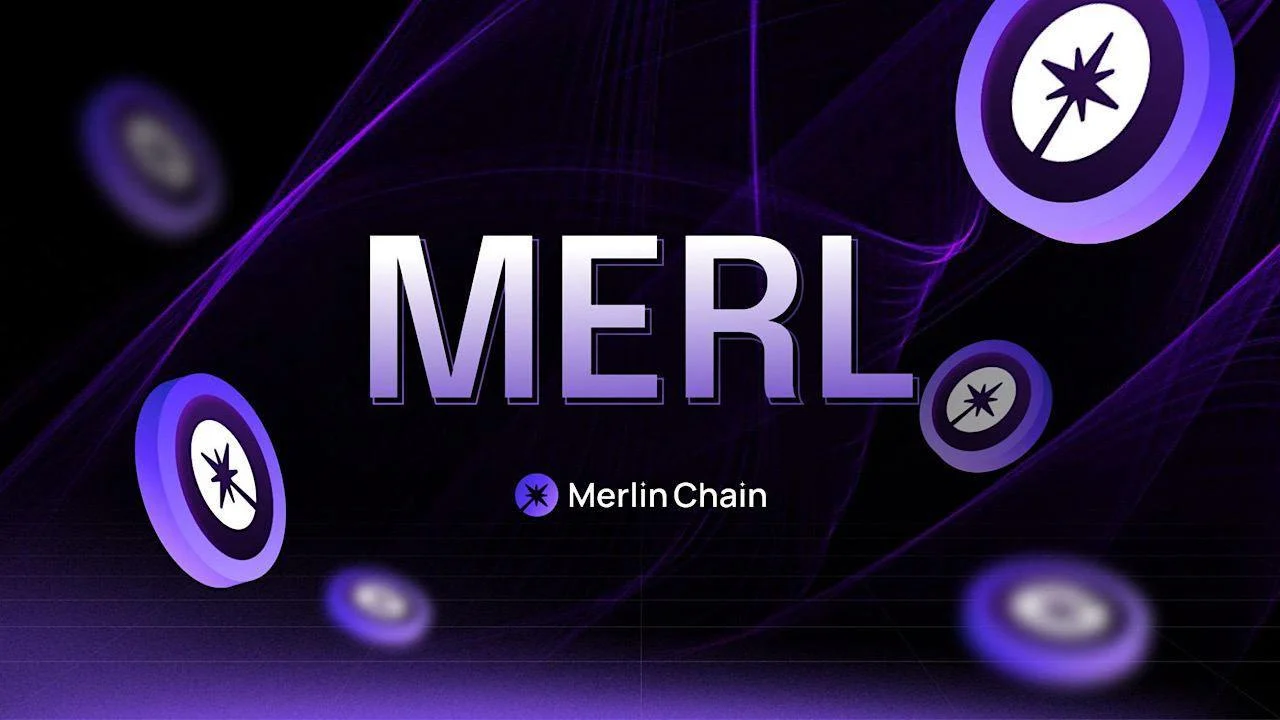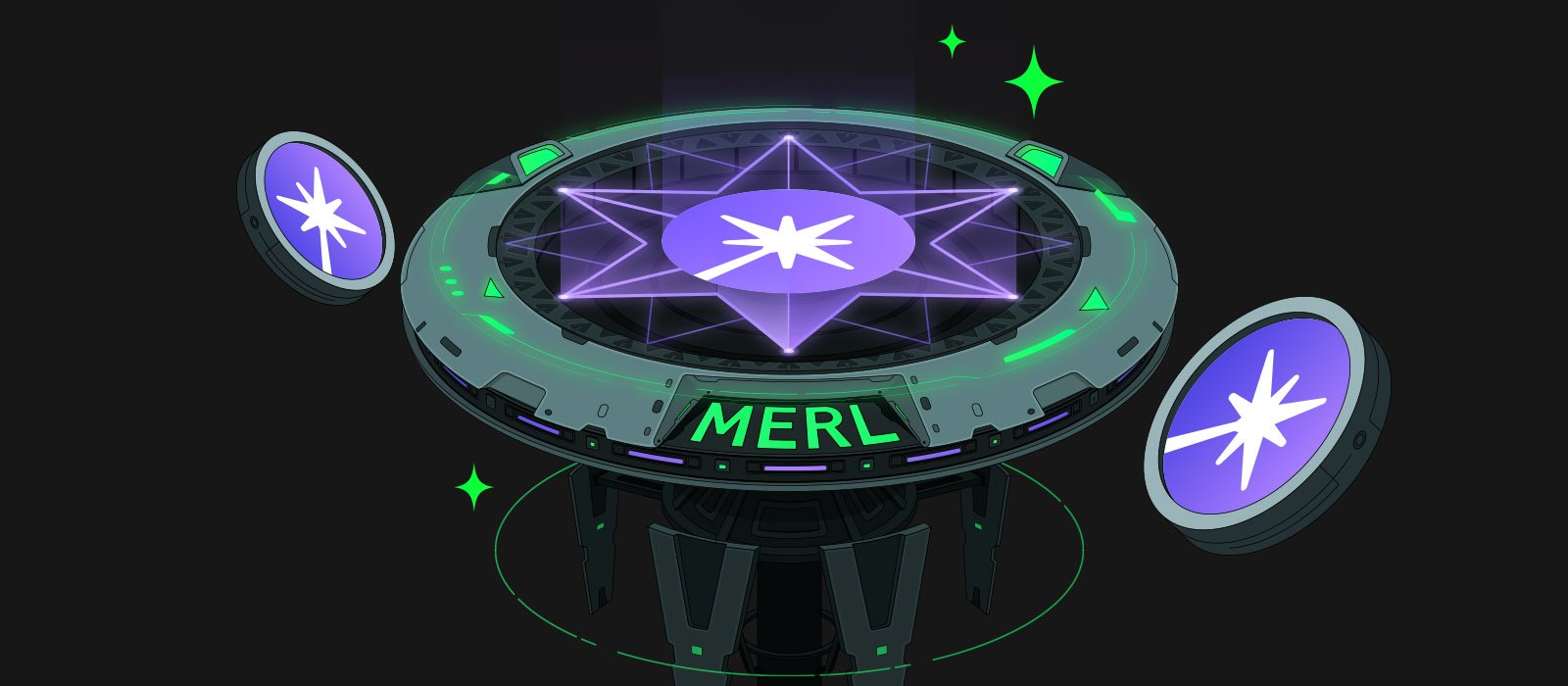Merlin Chain Coins (MRC): Scalable Blockchain Innovation

The scene of cryptocurrencies has seen amazing expansion recently as several Blockchain projects arise to solve industry issues. Among these initiatives is Merlin Chain, a blockchain platform meant to present a low-cost, scalable, effective substitute for current blockchain systems. The native digital currency of the platform, Merlin Chain Coins (MRC), is at the core of this ecosystem and is very vital for staking, governance, and transaction facilitation. The goal of Merlin Chain Coins, their mechanics, and why they might change the course of digital money will be discussed in this paper.
Merlin Chain: Scalable Blockchain Innovation
Designed to surpass the constraints of conventional blockchain systems including high transaction costs, scalability problems, and security concerns, Merlin Chain is a next-generation blockchain platform. Merlin Chain seeks to offer a sustainable blockchain solution by combining cutting-edge technology such sharding, cross-chain interoperability, and a distinctive consensus process.

The main digital tools of the platform are Merlin Chain coins (MRC). They pay transaction fees, engage in staking, and run the network. Merlin Chain’s focus on scalability and decentralization sets it to provide a creative substitute for users, investors, and blockchain builders all around.
Merlin Chain distinguishes itself in the crowded blockchain scene with several characteristics. Let’s investigate the reasons behind the interest developers and investors have shown for Merlin Chain Coins:
Merlin Chain Scalability Interoperability Governance
Among blockchain systems’ most urgent problems is scalability. Many networks, like Ethereum and Bitcoin, battle poor transaction times and hefty costs during congestion. Merlin Chain uses sharding—a method that separates the blockchain into smaller, more doable bits—to address this issue. Sharding greatly increases the performance and scalability of the network by letting several transactions to be handled concurrently across several nodes.
Many blockchain systems have shockingly high transaction costs, particularly in highly demand times. Ethereum’s gas prices, for instance, can climb, which makes small transaction or app interaction costly for customers. With minimal transaction fees, Merlin Chain solves this problem and appeals to both consumers and developers seeking for reasonably priced blockchain solutions.
An important area of growth in the bitcoin field is interoperability amongst many blockchain systems. Merlin Chain promotes cross-chain interoperability, therefore allowing users to easily move assets between several blockchain systems. This capability improves liquidity, extends dApps’ use cases, and offers a more connected blockchain ecosystem.
Merlin Chain Coins let users take part in the future of the platform decision-making process. Merlin Chain lets coin holders vote on significant protocol modifications, network enhancements, and other ideas as a Decentralized Autonomous Organization (DAO). This guarantees that decisions on the development of the platform reflect the shared interests of the user base and that the community has a say on it.
Role and Utility of Merlin Chain Coins (MRC)
Within the Merlin Chain ecology, Merlin Chain coins (MRC) have various important purposes. We shall look at how these coins are used and their network relevance below.
MRC mostly serves to pay for network transaction costs. Users utilize MRC to cover related expenses whether they send transactions, engage in DeFi protocols, interact with smart contracts. For consumers sensitive to transaction costs, this is a tempting option as these fees are far lower than those on platforms like Ethereum.
Maintaining the security and stability of the Merlin Chain network depends in great part on staking. MRC holders may bet their coins for incentives. To assist in network security and transaction validation, the staking procedure locks off a specific quantity of MRC tokens. Staker compensation consists in part of the transaction fees the platform generates. This encourages consumers to own and stake their MRC, therefore supporting the general network dependability and security.
Merlin Chain Coins: Governance and DeFi
Merlin Chain coins also enable users to help to run the network. MRC holders have the right to vote on ideas on platform development including technological improvements, fresh features, or modification of the reward system. This distributed governance paradigm guarantees that decisions are taken in an open, community-driven way and allows users a direct interest in the development of the network.

Blockchain technology and cryptocurrencies could benefit much from the native Merlin Chain Coins (MRC) as well as Merlin Chain itself. Their low transaction fees, scalability, cross-chain interoperability, and distributed governance make them an interesting choice for many different kinds of use.
Merlin Chain’s possibility to support distributed finance (DeFi) applications is among its most fascinating features. Blockchain technology is becoming a main use case for DeFi, and Merlin Chain’s cheap fees and scalability make it the perfect venue for running DeFi systems. MRC might become a major currency in the DeFi ecosystem by allowing flawless cross-chain transactions, therefore enabling anything from lending and borrowing to distributed exchanges (DEXs) and yield farming.
Merlin Chain: Interoperability and Innovation
The emphasis of Merlin Chain on cross-chain interoperability creates fascinating opportunities for multi-chain applications. Different networks run in isolation in the present situation of blockchain technology, therefore restricting the flow of assets and data between them. Merlin Chain’s capacity to close this gap could be revolutionary, allowing users to move assets across several blockchain networks free from centralized exchanges.
Merlin Chain also offers the means to close the distance between the realm of cryptocurrencies and conventional finance (TradFi). MRC could present a more effective approach to handle payments and transfers than conventional financial institutions with its minimal fees and quick transaction rates. Platforms like Merlin Chain could be very important in combining digital currencies with conventional banking solutions as the worldwide financial system advances toward digitization.
Final thoughts
More than simply another Cryptocurrency Market, Merlin Chain Coins (MRC) are a component of a strong blockchain ecosystem meant to solve some of the most urgent problems confronting the sector nowadays.
Merlin Chain presents a convincing substitute for current blockchain systems for developers as well as investors, offering not only technologically advanced but also community-driven solution. Merlin Chain Coins might very well become a pillar of the future generation of distributed apps and financial institutions as blockchain technology develops.
